
Culture
11:59, 25-Oct-2018
The ancient origins of Taijiquan
Updated
11:50, 28-Oct-2018
CGTN
03:31
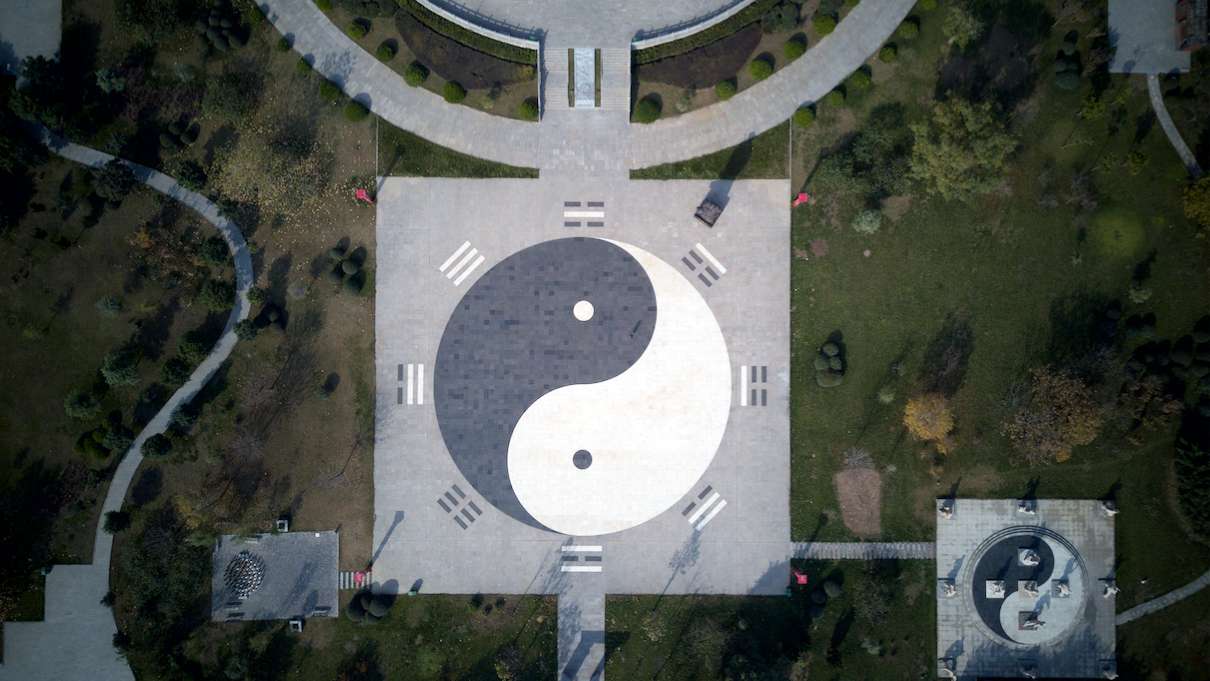
"Stand upright and high-minded in the center of the earth, feel the boundless infinity, get inspired by the aura of Taiji, and let Qi flow free." This is the "Old Frame First Routine" of Chen-style Taijiquan.
As one of China's most renowned traditional forms of Kung Fu, with its specialty in edifying people's temperament and building the body, Taijiquan was on China's first national intangible cultural heritage list published in 2006. Taijiquan is not only a symbol of Eastern culture but is also the most popular form of martial arts in the world. There are about 300 million Taijiquan practitioners across the globe.
So what exactly is Taijiquan?
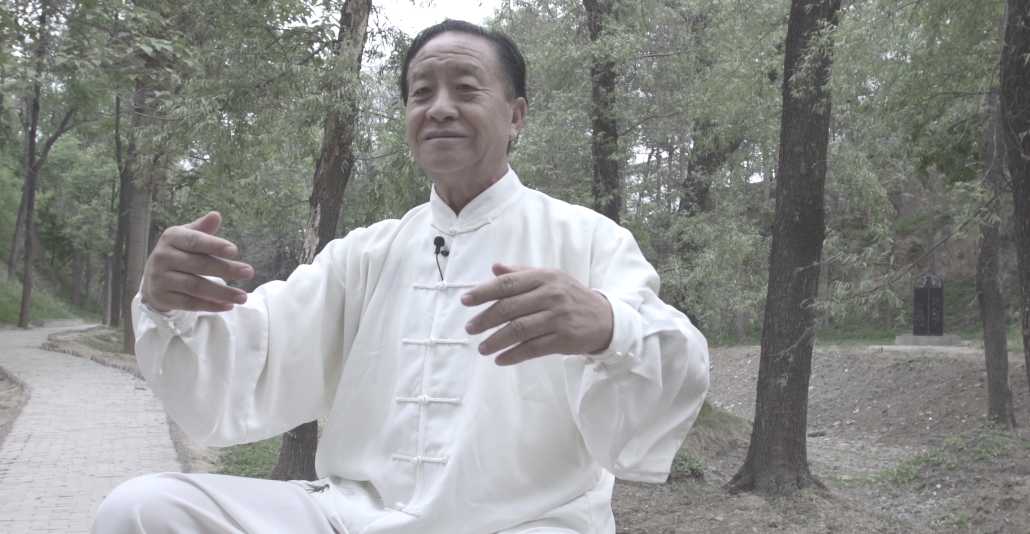
Zhu Tiancai, an 11th generation successor of Chen-style Taijiquan. ©CGTN | Daken Art
Zhu Tiancai, an 11th generation successor of Chen-style Taijiquan. ©CGTN | Daken Art
It is a special exercise that embodies the Yin and Yang theory, attacking and defensive techniques, and internal and external cultivation. That was the explanation given by the 11th generation successor of Chen-style Taijiquan, Zhu Tiancai. Zhu, 73, has been a practitioner for over 60 years.
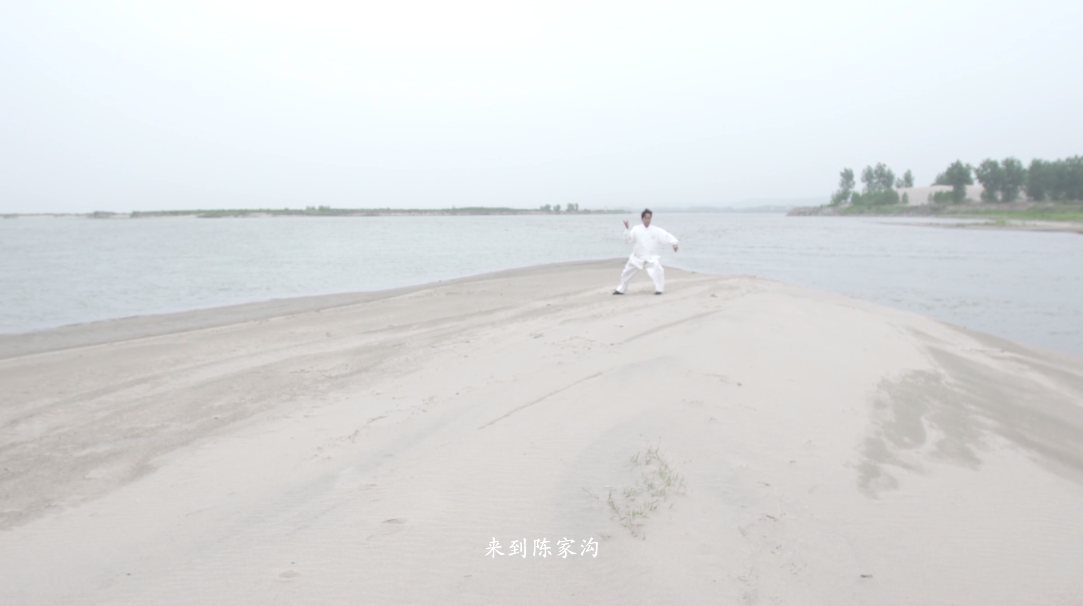
Zhu Tiancai practicing Taijiquan next to the Luoshui River. ©CGTN | Daken Art
Zhu Tiancai practicing Taijiquan next to the Luoshui River. ©CGTN | Daken Art
Up until now, Taijiquan has evolved into many styles but all can trace their historical origin to Chen Village, in Wenxian County in central Henan Province.
Nearly 400 years ago, the founder of the village, Chen Bu, brought his family to the village from Shanxi Province. In the ninth generation, Chen Wangting had transformed the pre-existing Chen training practice into a new martial art and integrated it with the dialectical ideas of Yin-Yang theory in I Ching, Confucianism and Taoism. After countless trials, he created the Chen-style Taijiquan. In the Qing Dynasty (1636-1912), the sixth-generation inheritor Chen Changxing taught Yang Luchan to practice Chen-style Taijiquan, but he was not a member of Chen Village. And this event resulted in the development of other schools of Taijiquan.
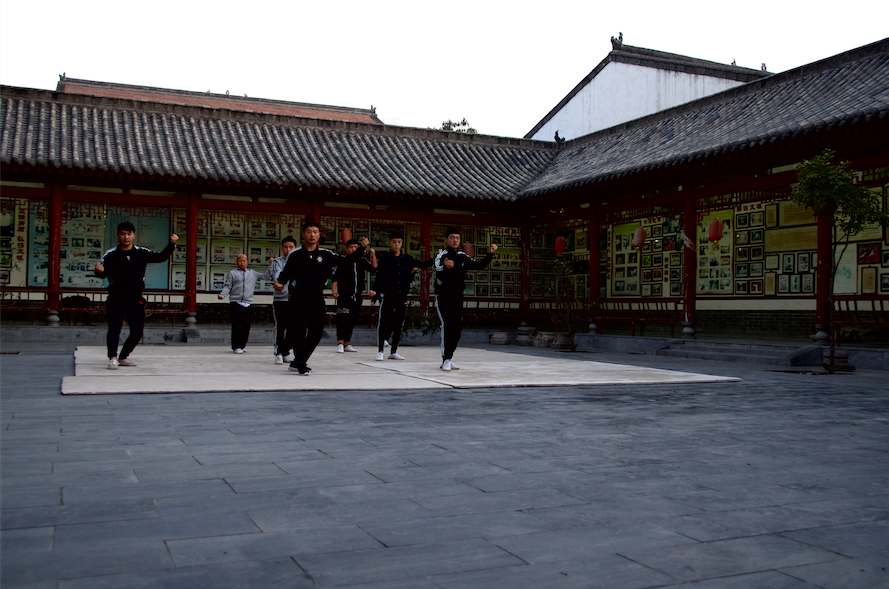
Mentees practice Chen-style Taijiquan. ©CGTN | Daken Art
Mentees practice Chen-style Taijiquan. ©CGTN | Daken Art
Zhu Tiancai's mother was a member of Chen Village. When he was 5, his mother moved him back to the village, where his fascination toward Taijiquan slowly developed. At the age of 13, he started to learn Taijiquan formally from his uncle, Chen Zhaopi, a master of Chen-style Taijiquan. Since then, it has become an inseparable part of his life.
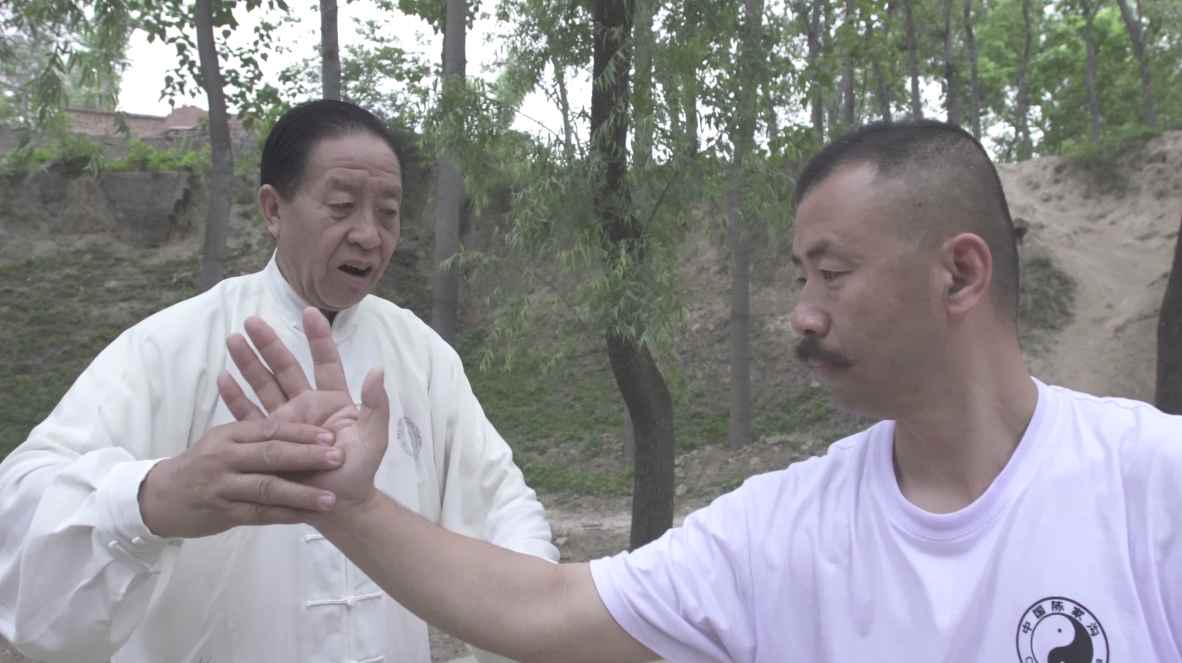
Zhu Tiancai teaching his mentee about Taijiquan. ©CGTN | Daken Art
Zhu Tiancai teaching his mentee about Taijiquan. ©CGTN | Daken Art
Chen's Taijiquan is characterized by its "silk reeling" movement, with the alternation of speed and slowness as well as the explosion of power to form a free-flowing motion.
"There are two types of Taijiquan, one is for fighting and self-defense, the other is for health and longevity, when both integrate as one, that is to 'temper toughness with gentleness' in Taiji," said Zhu Tiancai. He suggests that young people who learn Taijiquan should focus on practicing its techniques and the toughness of it, whereas older learners should focus on exercising the body and the gentleness of it. This is the principle of "utilizing the toughness and nurturing the gentleness."
Today, Zhu Xianghua, the son of Zhu Tiancai and a 12th-generation descendant of Chen-style Taijiquan, together with his father, is devoted to the inheritance and promotion of the Kung Fu art form. After years of teaching, Zhu Xianghua has summed up four practices of Taijiquan.
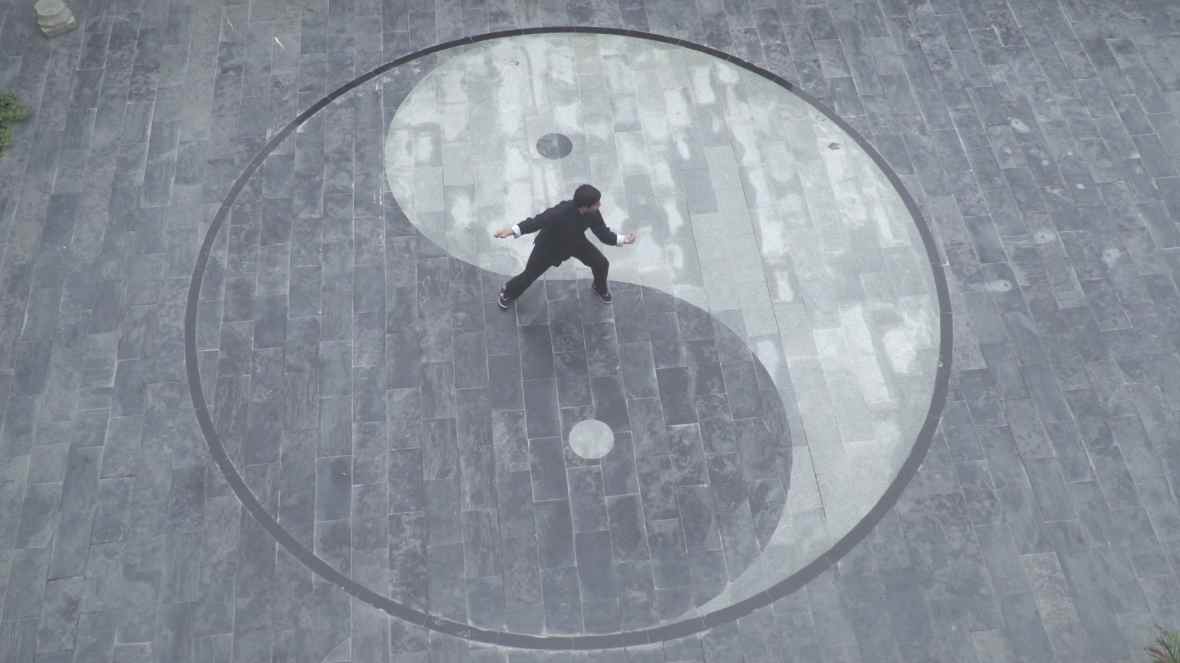
Zhu Xianghua practices Taijiquan in the square of Chen Village. ©CGTN | Daken Art
Zhu Xianghua practices Taijiquan in the square of Chen Village. ©CGTN | Daken Art
The first one is to do it with the intention of cultivating the mind and building the body, which is the reason why most people practice Taijiquan.
The second one is for performance and competition; practitioners should pay attention to the display of the body, spirit of the mind and the steps.
The third one is the actual combat of Taijiquan, which is very different from the previous two, mainly concerned with the actual combat and self-defense.
The last one is for people who want to teach Taijiquan. They require a profound understanding of Taijiquan in addition to the martial arts theory and movements.
The clear classification of different practices is exactly why Taijiquan has been promoted to all parts of the world. It allows different groups of people to benefit from practicing Taijiquan, making this ancient martial art sustainable and fresh.
"Nowadays, with our younger generation, we focus on training more successors and spreading out all over the country, so that everyone can learn and practice Chen-style Taijiquan properly," said Zhu Xianghua.

SITEMAP
Copyright © 2018 CGTN. Beijing ICP prepared NO.16065310-3
Copyright © 2018 CGTN. Beijing ICP prepared NO.16065310-3